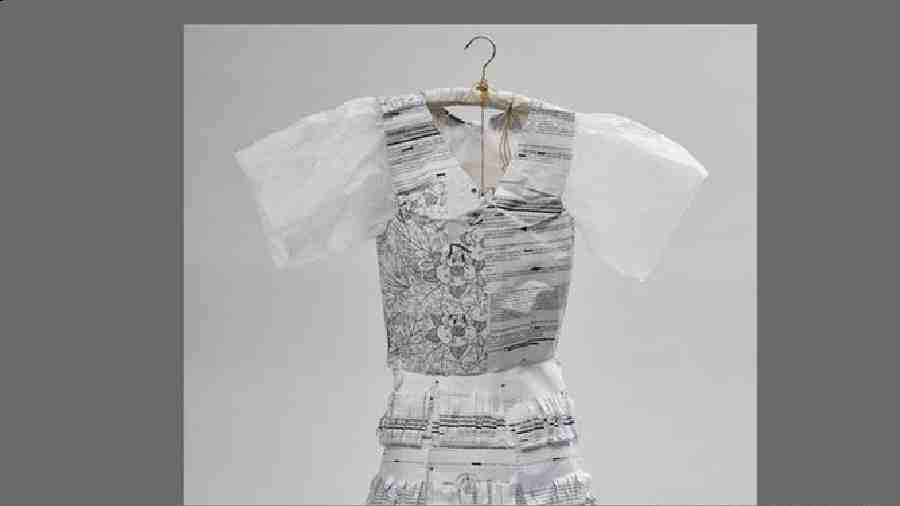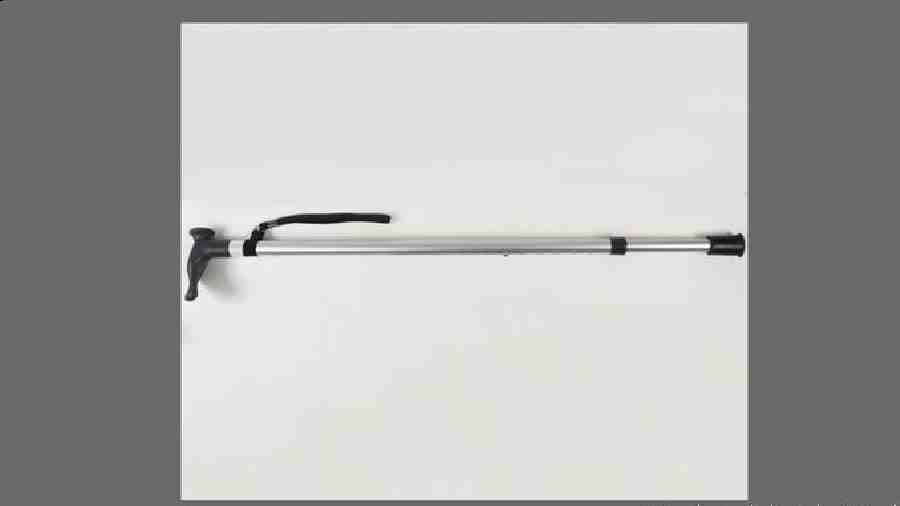Love.
Why has this four-letter word inspired songs, films, poems or prose? And how does this emotion move human beings to act or react for better or for worse?
That is the crux of the exhibition titled "Love. What moves us" that begins on October 14 at the Haus der Geschichte in the southwestern German city of Stuttgart.
Forming the third part of the museum's "Emotion Trilogy," which previously focused on greed and hate, the show looks at the light and dark sides of love: on the one hand uniting and strengthening people, yet forbidding or fanatical on the other.

Amongst the many exhibits is a skeleton of an Arabian stallion Deutsche Welle
What is 'love' anyway?
The 40 love stories featured in the exhibition tell of struggles against prejudice, of love across social or political boundaries and even of blind patriotic love. It also looks at people who have dedicated their lives to charity or to protecting the earth while risking everything in the process.
Given the current sociopolitical landscape within and outside of Germany, the exhibition's relevance and the points it raises couldn't be more obvious, says exhibition director Rainer Schimpf.
"The COVID pandemic has left deep wounds. The political debate in the country is increasingly characterized by fear, hatred and irreconcilability. And at the same time, a brutal war is raging in Europe. Not to mention global warming and its consequences for humanity. In this situation, the need for attention and appreciation is perhaps greater than it has been for a long time," he told DW.
Referring to the previous two exhibitions on greed and hate respectively, Schimpf explains that visitors' reactions were generally positive, saying that there was frequent feedback about how important it was to deal with these issues.

Peronal effects and objects tell the stories of the extent people go to for love Deutsche Welle
"It seemed as if many people were downright depressed by hatred and were looking for answers as to how it could be overcome. Messages about this could also be left directly in the exhibition. We were completely surprised by how strong the response was. It far exceeded the other entries in the visitors' book."
Schimpf says that the stories featured in the current love exhibition show what love can make possible. "Even in situations of despair and hopelessness, love can move people to actions that they would perhaps not have thought themselves capable of. Love can transcend boundaries — and this in many senses."
Schimpf however underscores that it's not entirely maudlin either. "We do not conceal the aberrations and abysses to which love can also lead. But ultimately, of course, this is an exhibition that should give hope that hate does not have the last say," he explains.
Of red tape and a horse
Among the eye-catching exhibits is a wedding dress that a German teacher in Ravensburg designed out of copies of official documents. It was borne of her frustration at not being able to officially marry her Gambian partner and the bureaucracy surrounding his efforts to prove his identity beyond doubt to German authorities.

The red tape that non-Germans undergo to get married with a German is seen on this dress Deutsche Welle
The skeletal remains of an Arabian stallion named Goumousch Bourno bear testament to the love that the Württemberg King Wilhelm I had for his wife Catharina Pavlovna, a widowed cousin whom he married in 1816. As the sister of the Russian tsar, she had brought with her a substantial dowry and her social engagement won the hearts of the people. The stallion had been purchased on her behalf in Damascus for the royal stables, but she did not live to see his arrival. Her husband however had the horse skeleton preserved in her memory.
Love in the time of war
Of the stories that particularly moved exhibition director Rainer Schimpf, two are related to wars.
One is of Berthold von Deimling, who Schimpf describes as the prototype of a thoughtless and ruthless general in the German Empire and World War I. "He was a great warrior. He sacrificed thousands of young men for his glory. After the war, however, he changed from a warmonger to a pacifist. To the astonishment of his contemporaries, he of all people sought reconciliation with the 'arch-enemy' France."
The other heart-wrenching love story concerns people who were born to German mothers and soldiers of the occupying forces — namely US, UK, France and the Soviet Union — in Germany after World War II.
Schimpf relates the story of a woman, who was born in the French Occupation Zone in southwest Germany in 1947. Her father was a French soldier, who later left in 1949. Her mother died early and her German half-sister only referred to her father as the "little French one." In her search for her father, she later posted family pictures on a website, in which someone recognized him. This eventually led her to his grave in France and to meeting her French half-sister. "You could easily transfer this story to the other Occupation Zones. All of Germany was separated into four zones, so you have these cases all over the country," explains Schimpf.

Solidarity for the greater good or with people we don't personally know is also love Deutsche Welle
Civil courage and forgiveness
Other featured love stories extend beyond the family and the familiar. One tells of a feisty 82-year-old woman who came to the aid of another who was being physically attacked by her partner in a store. The pensioner hit the perpetrator with her walking stick, which prompted him to let go of his victim. The police believed that the old lady's prompt intervention may have helped prevent life-threatening injuries.

The walking stick that saved another life Deutsche Welle
And finally, love also means forgiveness.
In October 2016, medical student Maria Ladenburger was murdered in Freiburg by an Afghan refugee. Her parents called for prudence and did not want to respond to the act with hatred and agitation. Instead, they set up a foundation in memory of their daughter to help students in need.
The "Love: What moves us" exhibition will take place at Haus der Geschichte Baden-Württemberg from October 14, 2022 to July 23, 2023.











